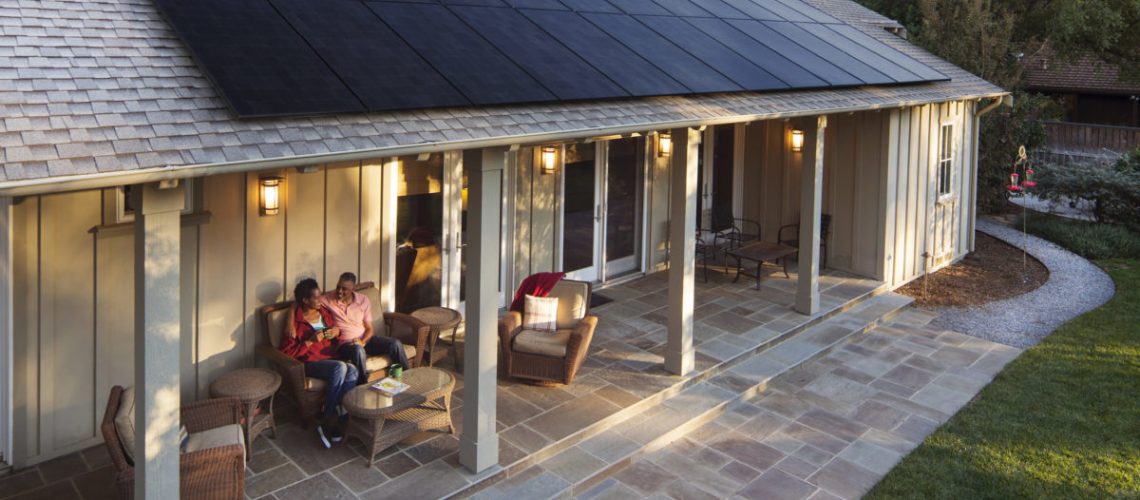Fewer than 5% of domestic homes are solar-powered today, as consumers list cost and confusion about IRA benefits as primary deterrents to installing energy efficient appliances and solar panels at home.
Even with the passage of the Inflation Reduction Act (IRA), fewer than 5% of domestic homes are solar-powered today. To find out why, SunPower Corporation surveyed 2,005 individuals aged 18 plus. Data was collected over ten days between February 17 and 27 this year by polling agency Wired Research. SunPower published its findings in its Energy Switch Index 2023.
Investigators learned that presumed high costs of installing solar coupled with a lack of understanding and, in some cases, awareness of the IRA were the primary reasons respondents didn’t move to install solar systems at home.
While 78% of those surveyed said they thought getting solar would lower their monthly energy bills, they didn’t do it because of presumed high cost. Moreover, 55% of respondents earning under $50,000 a year also expressed being unable to afford solar, even though 75% of those individuals believe switching to solar energy would lower their utility costs.
Youger respondents had the same perception. SunPower found that 23% of millennials and 20% of Generation Z were exploring a second job to afford their energy bills. For single women, three out of four believed they couldn’t pay for a solar system, despite that demographic outpacing single men concerning purchasing homes.
Even so, more than half of the survey respondents would install solar systems if they received government incentives, “which is exactly what Congress passed in late 2022 with the IRA,” SunPower reports. This legislation is meant to scale the electrification of domestic homes while creating more jobs that can design build and preserve clean energy infrastructure.
The IRA includes a solar Investment Tax Credit (ITC), giving consumers up to a 30% recoup of the cost of installing clean energy-saving and storage systems. Residents have until 2032 to take advantage of this reduction, which is available to single-family and multifamily unit renters and owners.
The problem, SunPower reports, is that many members of low-income communities still need help to afford the cost of going solar, even with the passing of the IRA. SunPower suggests low-income households and those living in rural areas spend more than their share on utility bills. They also make up almost half of the total residential market for solar due to suitable rooftop area and generation capacity potential.
Federal organizations like the Environmental Protection Agency (EPA) have incentivized local stakeholders to construct community solar gardens. As such, residents of economically disadvantaged areas also benefit from a solar-powered home. The EPA’s Solar For All program awards $7 billion to up to 60 qualifying states tribal governments municipalities and nonprofits. The funds are meant to support the construction of residential rooftop and community solar projects in low-income neighborhoods.
Lack of IRA awareness and understanding
Despite its publicity, SunPower found that a quarter of the domestic population had never heard of the IRA. Furthermore, many of those who had needed clarification about its benefits. “About 51% of people who knew about the IRA didn’t know the bill offered clean energy tax credits for making home improvements and 39 percent didn’t realize they were eligible,” SunPower reports. That includes a quarter of Millenials and a third of Gen Z who also thought they didn’t qualify to participate in the IRA.
Additionally, only a quarter of respondents earning less than $50,000 a year knew about the IRA, and less than half had plans to take advantage, “compared to 57% of higher-earning peers,” SunPower reports.
Suzanne Leta, Head of Policy and Strategy at SunPower, says individuals should release the perception that residential solar is only for the wealthy. “In addition to those who rent homes or apartments, they should know there are policies and programs in place to help enable them to qualify for the IRA,” she says.
The Department of Energy’s tax credits and New York Green Bank’s Community Decarbonization Fund are two examples of programs intended to further decrease the cost of adopting solar in low-income residential areas. “SunPower’s 25×25 initiative is designed to ensure the benefits of solar and storage serve all American families job seekers and businesses regardless of income or zip code,” SunPower reports.
According to lobbying group Rewiring America, $1.27 trillion of federal funds are available. SunPower stresses the importance of educating the public on the IRA and how to leverage it. Those respondents who heard about the IRA were 50 percent more likely to say they planned to install energy-efficient appliances in their homes than those who hadn’t.



